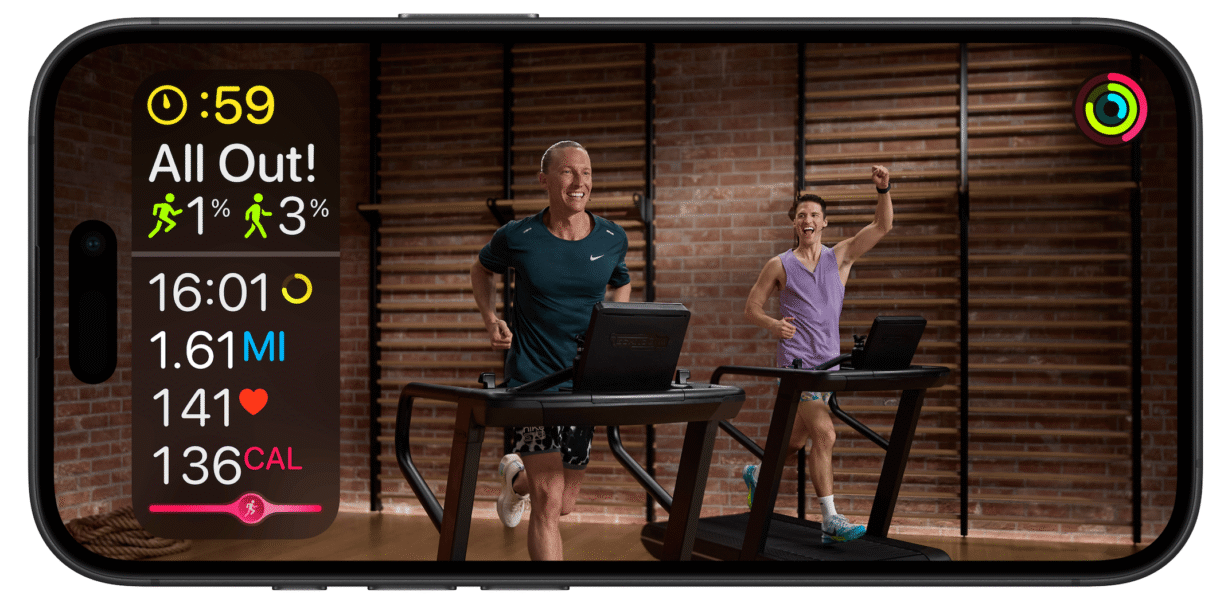Exercising outdoors under the warm sun can be invigorating and enjoyable. However, it’s crucial to prioritize safety and protect yourself from the potential risks associated with prolonged sun exposure.
In my article here, I will explore practical tips and guidelines on how to exercise safely in the sun, allowing you to maximize the benefits of outdoor workouts while minimizing the risks of sun-related health issues.
- Choose the Right Time:
Timing is key when it comes to exercising in the sun. Try to plan your workouts during the early morning or late afternoon when the sun’s intensity is lower.
This will help reduce your exposure to harmful ultraviolet (UV) rays and minimize the risk of heat-related illnesses.
- Dress Appropriately:
Wearing suitable clothing is essential for protecting your skin from the sun’s rays.
Opt for lightweight, breathable fabrics that cover as much skin as possible. Consider wearing long sleeves, long pants, and a wide-brimmed hat to shield yourself from direct sunlight.
Additionally, don’t forget to apply sunscreen to any exposed areas of skin.
- Stay Hydrated:
Maintaining proper hydration is crucial during outdoor workouts, especially in the sun.
Drink plenty of water before, during, and after your exercise session to prevent dehydration.
Remember to carry a water bottle with you and take regular sips to stay hydrated and maintain optimal performance.
- Use Sunscreen:
Applying sunscreen with a high SPF (Sun Protection Factor) is vital to protect your skin from harmful UV rays.
Choose a broad-spectrum sunscreen that protects against both UVA and UVB rays.
Apply it generously to all exposed areas of skin at least 15-30 minutes before heading outside, and reapply every two hours or more frequently if you’re sweating profusely.
- Seek Shade:
While outdoor workouts offer the allure of beautiful landscapes, it’s important to seek shade whenever possible.
Plan your exercise routine around areas with natural shade, such as parks with trees or covered fitness areas.
Taking breaks in the shade will help regulate your body temperature and reduce the risk of overheating.
- Listen to Your Body:
Pay attention to your body’s signals during outdoor workouts. If you start feeling lightheaded, dizzy, or overly fatigued, it’s crucial to stop exercising and find a cool, shaded area to rest.
These could be signs of heat exhaustion or heatstroke, which require immediate attention.
- Adjust Intensity and Duration:
Exercising in the sun can be more challenging due to increased temperatures and higher humidity.
It’s important to modify your workout intensity and duration accordingly.
Gradually increase your exercise intensity and monitor your body’s response.
Shorter, more frequent workouts may be preferable during hot weather conditions.
- Use Protective Eyewear:
Don’t forget to protect your eyes from the sun’s harmful rays.
Wear sunglasses with proper UV protection to shield your eyes from excessive sun exposure.
Look for sunglasses that block 100% of UVA and UVB rays for optimal eye health and comfort during outdoor workouts.
- Cool Down Properly:
After completing your outdoor workout, it’s essential to cool down properly to help your body regulate its temperature.
Slow down your exercise intensity gradually and incorporate gentle stretches to promote muscle recovery and reduce the risk of post-workout soreness.
- Listen to Expert Advice:
Finally, always stay informed about weather conditions and heed expert advice regarding exercising in extreme temperatures.
Be aware of heat advisories, high UV index warnings, or poor air quality days. It’s crucial to prioritize your health and safety above all else.
Exercising in the sun can be an enjoyable and rewarding experience, but it’s important to prioritize your health and safety.
By following these tips on how to exercise safely in the sun, you can enjoy outdoor workouts while minimizing the risks associated with sun exposure.
Remember to plan your workouts wisely, dress appropriately, stay hydrated, protect your skin, and listen to your body’s cues.
With these precautions in place, you can reap the numerous benefits of outdoor exercise while keeping your health at the forefront.





